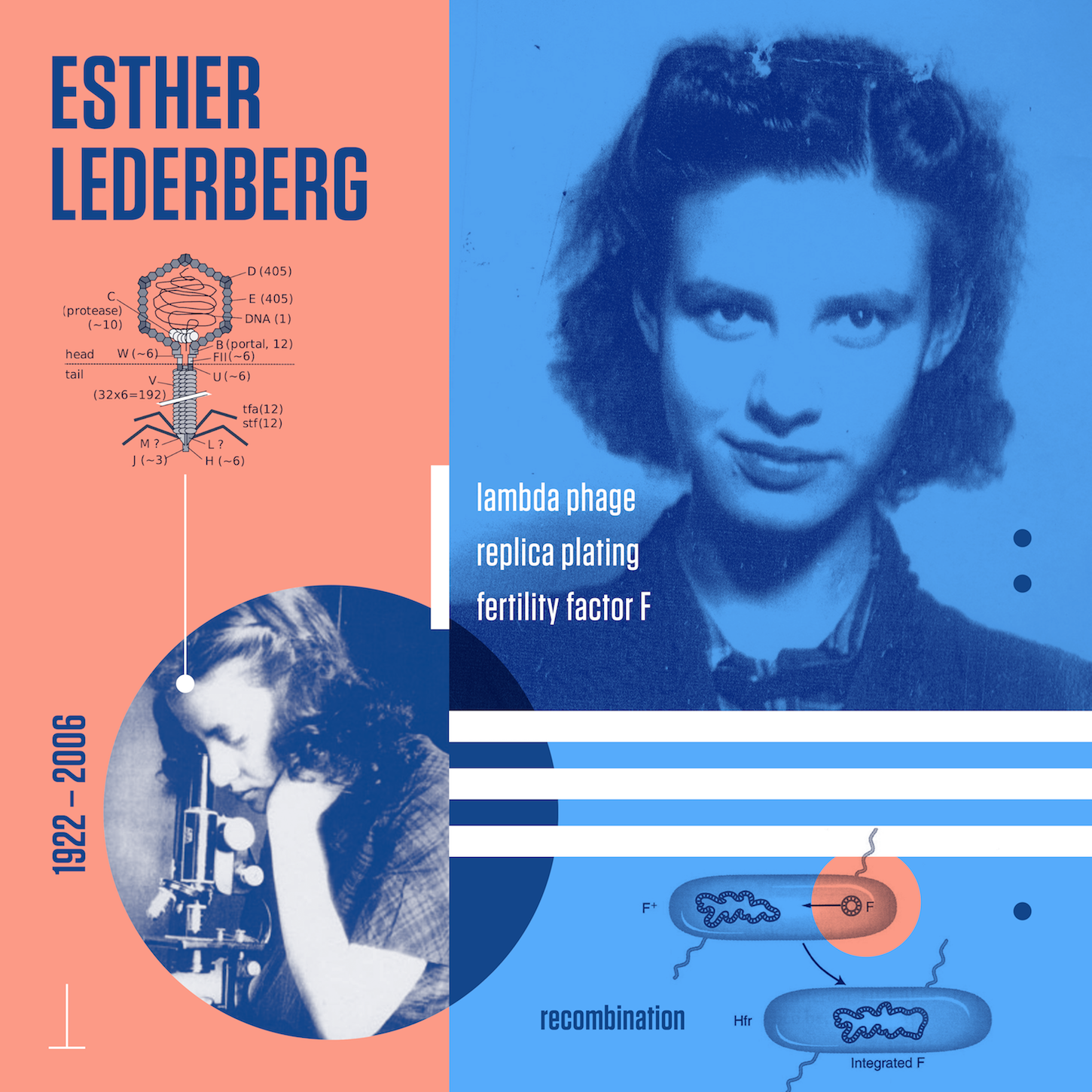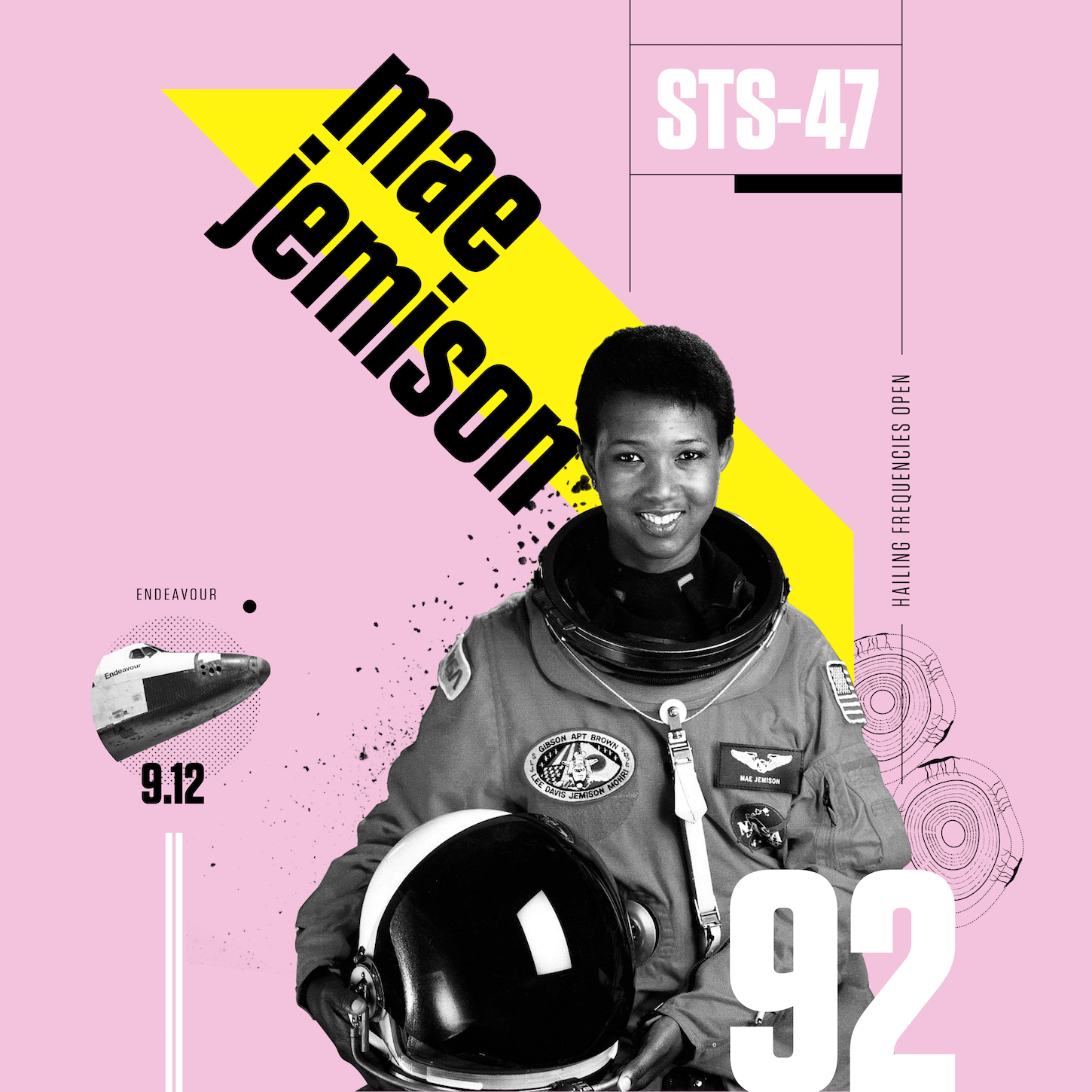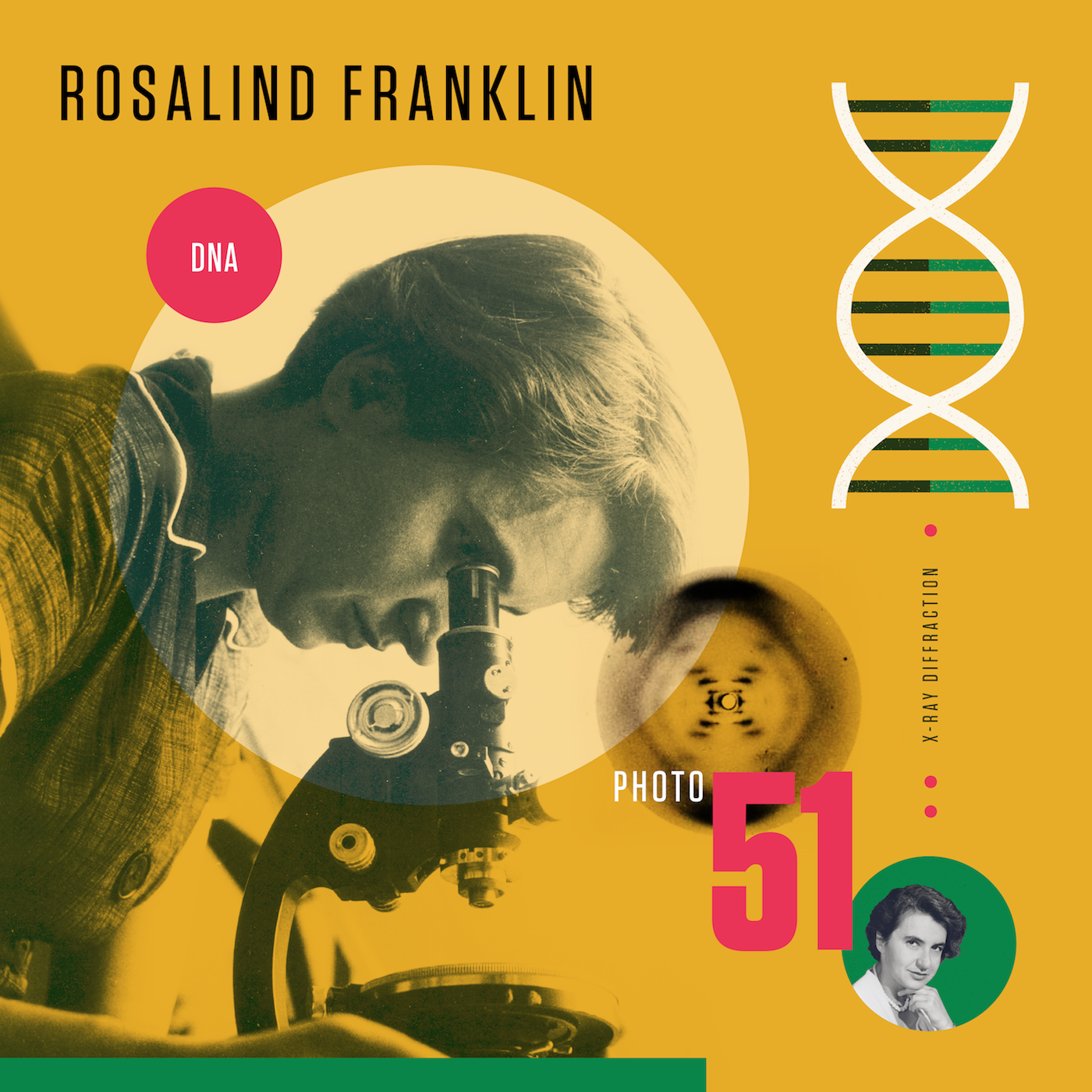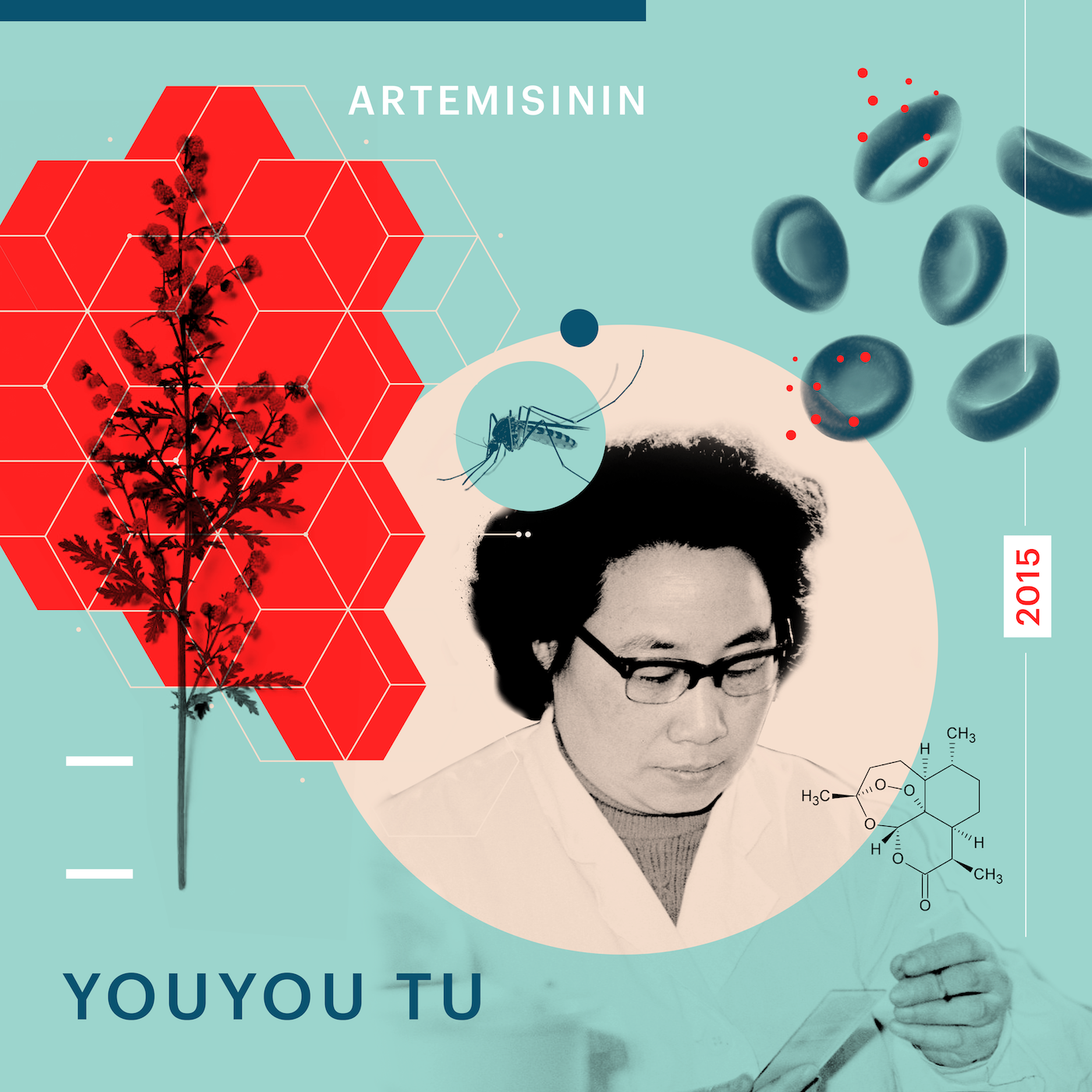Most of us know the story of Marie Curie, the French scientist who discovered the essential, volatile element Radium.
But beyond the image of the two-time Nobel Prize winner bent over glowing rock, almost no stories of female achievement in STEM (science, technology, engineering and math) fields are culturally pervasive. That’s why neuroscientist turned creative director, Amanda Phingbodhipakkiya started Beyond Curie. Initially a kickstarter campaign, Amanda raised over $32,000 for the Association For Women In Science with her kinetic, artful depictions of thirty five relatively unknown female scientists—all pioneers in their fields. Here, we chat with Amanda about why it’s important for women to be encouraged to pursue STEM careers and how the the worlds of science and art overlap more than you might think.
Tell us a bit about what inspired this specific project.
Like many people, after the election I was not feeling great. I wanted to get involved but was feeling overwhelmed by the number of options for how I might contribute my time or money. A friend who had worked on the Hillary campaign gave me some great advice—pick a cause you care deeply about, and support it in a way only you can. Her words led me to develop Beyond Curie, to highlight the rich history of women kicking ass in STEM fields and to show that our world was built by extraordinary women, not just men, of all backgrounds.

Esther Lederberg was a pioneer of bacterial genetics.
“Pick a cause you care deeply about, and support it in a way only you can.”
How did you choose the thirty five women you featured? How did each of their personalities and life’s work inspire the accompanying design?
I started with women whose stories I personally had been inspired by, like Rita Levi-Montalcini, who I read about in 4th grade. Her story is one of grit, tenacity and creativity. In response to Mussolini’s 1938 ban that barred her and other Jewish people from academic and professional careers, she set up a laboratory in her bedroom and studied the growth of nerve fibers in chicken embryos, which laid the groundwork for her later research and discovery of nerve growth factor. I also wanted to ensure the series was as inclusive as possible, with representation for black, Latina, Asian and indigenous scientists as well as scientists with disabilities. I reached out to my backer community on Kickstarter for help with women to include and they introduced me to some extraordinary scientists I’d never heard of before. Each design is unique, it connects the scientists’ faces with the work they’ve achieved into a unique collage. Each design is a visual story of each scientist’s life.
The title of this project is “Beyond Curie” in reference to Marie Curie, one of the most prominent figures in recent scientific history. Why do you think her legacy as a female scientist stands out while so many others’ fall by the wayside?
We all know Marie Curie because her accomplishments are so difficult to ignore, even in a sea of accomplished male scientists who have dominated the genius label, she stands out. She was not only the first woman to win a Nobel Prize, but also she was the first person ever to win it twice, and the only person to win it in two different sciences. She was a badass, a legend, and one of the greatest scientists to have ever lived. However, when it comes to women in science, the conversation too often starts and stops with her. She is the easy choice when trying to be more inclusive with the addition a female scientist. But it’s important to look beyond Marie Curie and also celebrate all the other extraordinary women who have shaped science and changed the world.
So much of who we are can be traced back to our interests as children. Were you always drawn to both science/math and artistic creativity?
I have always been deeply inspired by the innovation that can arise from bridging the worlds of art and science. One of my childhood heroes, Leonardo Da Vinci, so deftly traversed both worlds as he produced creation after creation that the world had never seen. It’s no surprise, considering what I’m doing now, that as a child I would always ask for gifts in pairs: a sketchbook and a microscope or an abacus and a set of paints.

Mae Jemison was the first black woman in space.
“We are all connected by our pursuit of understanding.”
Why do you think scientists are often drawn to express themselves through the humanities, when it is so rare for artists to do the opposite? (I think of people like Oliver Sacks, whose writing can be incredibly poetic despite the technical subject matter.)
Scientists often turn to the humanities to communicate their complex subject matter to a wider audience because it makes it more relatable and understandable. It’s rare for artists to do the opposite likely because very few of them are trained in such technical subject matter. At the end of the day though, both science and art are creative endeavors that are constantly reinventing themselves, and we are all connected by our pursuit of understanding.
As a neuroscientist, you must know a little something about how the brain responds to visual stimuli. Do you ever consider this while you’re working on a design project, or do you try to let the “creative muse” take over?
Certainly much can be learned from studies of visual perception that can provide depth and context for why certain designs work and others fall short. But in the moment, the craft of design, taking into consideration principles such as form, shape, composition, color, not to mention typography and storytelling is incredibly nuanced and takes years of deliberate practice to hone. There is an element of luck, magic and exploration as well. Often studies on visual perception are very controlled because they must be, but in reality, timing, uncontrolled factors and an unquantifiable number of biases can skew our perception of a design. This is why a neuroscientist who studies visual perception isn’t automatically a gifted designer. I’d say that my process from a storytelling perspective is often guided by neuroscience and psychology, and supported by visual craft and careful consideration.
As our society and economy become more and more reliant on technological advances, how can we encourage young girls to pursue STEM-related career paths?
We can increase the visibility and representation of women pioneers in STEM fields. Role models that we can see shape our perceptions of what we are able to accomplish. We’ve seen this with race and gender bias in technology as well as in science. There has been a long history of women driving society forward. My hope is that when little girls learn about the amazing women featured in Beyond Curie, they stop wondering “would it be possible for me to make an impact in science?” and instead ask: “why the hell should we stop now?”

Rosalind Franklin took the photo of DNA that changed biology forever.
It was not that long ago that it was considered ridiculous for women to become scientists or mathematicians. Do you think this gender bias still exists today? If so, what can we do to start leveling the playing field and creating a place in the technologies where women can thrive?
It absolutely exists. As stated by one of the Beyond Curie backers:
“I know we are out there but we often don’t get recognition—part of that is on us, often women are more inclined to be cooperative, to sit back and accept being pushed down the totem pole so to speak (I know I haven’t pushed to gain the recognition for my contribution that many men I know would have). The other part, I honestly feel is institutionalized misogyny. All the faculty I work with and all my advisors are male, yet all graduate students I work with are female. I don’t think the University is avoiding female faculty on purpose, I think it’s a hold-over from how things “have always been” and likely subconscious but that said – it should change. I’ve heard of many of these women’s discoveries, but not that it was a woman who did it. And now, with what is happening in the US, with the political climate and normalizing of misogynistic comments I feel it is even more essential that we put the effort into recognizing these women. I hope that by seeing them, learning their names and knowing what they achieved, more women could start to think that one day they could do the same.”
I think women can support each other even more, try to highlight each other’s work and speak out about misogynistic comments and cultures. I am proud to be part of communities like Tech Ladies and the Association for Women in Science that provide support and resources to women in STEM.
As inspiring and dynamic as all of these women are, can you tell us your current favorite?
If we’re talking about next-level badassery, I have to tell you about YouYou Tu. Before 2011, she was pretty much forgotten and unknown. She’s responsible for saving millions of lives with her discovery of artemisinin, a compound used to treat malaria that is isolated from the sweet wormwood plant. When others wanted to abandon the research, she found the key to isolating the compound from a millennium-old recipe. She also first tested the compound on herself! YouYou also has no postgraduate degree, no research experience abroad, and is not a member of any Chinese national academies. I love her bold, ‘all-in’ spirit and unconventional methods. Her story is such a great reminder that success doesn’t have to hinge on specific degrees and affiliations.

Youyou Tu discovered artemisinin, a medicine used to treat malaria.
Comments